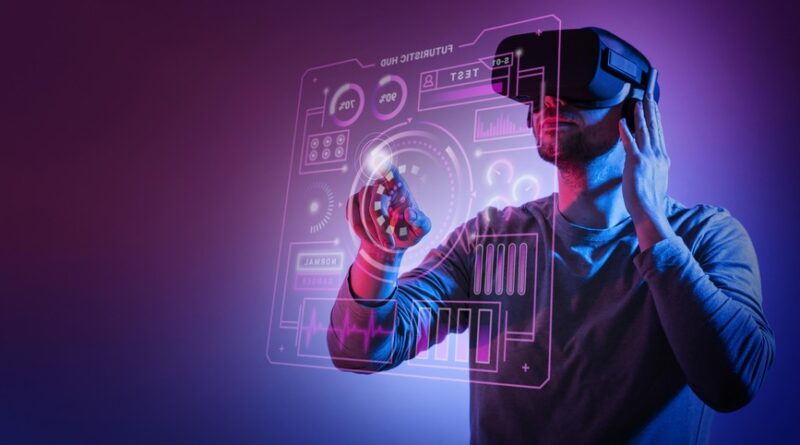Reality Unlocking Virtual Reality (VR) has emerged as a game-changing technology, unlocking immersive experiences that blur the line between the physical and digital worlds. In the field of architectural visualization, VR is revolutionizing the way architects, designers, and clients interact with architectural designs. With the ability to create realistic and interactive virtual environments, VR is transforming the way we design, present, and experience architecture.
Gaming and Entertainment
Virtual Reality (VR) has transformed the gaming and entertainment industries, providing users with immersive experiences that transcend traditional forms of entertainment. With VR, players can step into virtual worlds and interact with them in ways never before possible. The future of VR in gaming holds immense potential for even more immersive and realistic experiences.
One of the most exciting aspects of VR gaming is the level of immersion it offers. With the help of advanced headsets and motion controllers, players can physically engage with the virtual environment. They can walk, run, jump, and even use their hands to interact with objects in the virtual world. This level of physical interaction makes gaming experiences incredibly engaging and captivating.
Moreover, the advancements in haptic feedback technology further enhance the realism of VR gaming. Haptic feedback allows users to feel tactile sensations in the virtual world, adding an extra layer of immersion. For example, when a player grabs an object in the virtual environment, they can feel the sensation of holding it through the vibrations and pressure feedback of the controllers. This technology creates a more realistic and immersive experience, blurring the line between the physical and virtual realms.
Education and Training
Virtual Reality (VR) has emerged as a groundbreaking tool in the field of education and training, revolutionizing the way we learn and acquire new skills. With VR, learners can immerse themselves in realistic simulations, providing hands-on experiences that are otherwise challenging or impossible to replicate. The future of VR in education holds immense potential for transforming the way we teach and learn.
One of the key advantages of VR in education is its ability to create realistic simulations for training purposes. For example, in medical education, VR can simulate surgical procedures, allowing students to practice in a safe and controlled environment. By providing a realistic surgical experience, VR helps students gain practical skills and confidence before entering an actual operating room.
Architectural Visualization
Virtual Reality (VR) is revolutionizing the field of architectural visualization, offering architects and designers a powerful tool to bring their visions to life. With VR, professionals can create immersive and interactive experiences that allow clients to step into virtual spaces and explore them before they are built. The future of VR in architectural visualization holds immense potential for transforming the way we design, present, and experience architecture.
One of the significant advantages of VR in architectural visualization is the ability to provide clients with a realistic sense of space and scale. Traditional 2D renderings and blueprints can often fall short in conveying the true essence of a design. However, with VR, clients can immerse themselves in a virtual representation of the proposed project, experiencing the proportions, lighting, and overall ambiance firsthand. This level of immersion enables better communication between architects and clients, ensuring that expectations align and potential design issues are addressed early in the process.
Conclusion:
The future of Virtual Reality (VR) in architectural visualization is incredibly promising, offering architects. Designers, and clients a new level of immersion and interaction with architectural designs. Through VR, clients can experience virtual spaces and gain a realistic sense of scale, lighting. And ambiance before construction even begins. This immersive experience facilitates effective communication between. Architects and clients, ensuring a shared vision and reducing the risk of misunderstandings or design issues.
Moreover, VR allows for real-time design iterations and collaborative decision-making. Architects can make adjustments to the virtual models on the spot. Empowering clients to visualize and understand the impact of design changes instantly. This iterative process fosters efficiency, streamlines the design workflow, and ultimately results in more successful and satisfying architectural projects.

